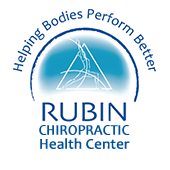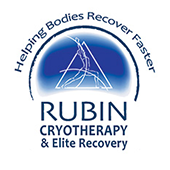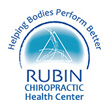STRUCTURAL FINGERPRINT EXAM

APPLIED KINESIOLOGY
Applied kinesiology (AK) is a form of diagnosis using muscle testing as a primary feedback mechanism to examine how a person’s body is functioning. We, at the Rubin Health Center, use applied kinesiology as a specific diagnostic tool to determine the best therapy for our injured patients.
Since AK draws together the core elements of many complementary therapies, it provides an interdisciplinary approach to our patients’ health care, from specific muscle treatments designed to normalize muscle activity to treatments designed to aid other damaged tissues like skin, ligaments, tendons and joints.
Because our Doctors are using applied kinesiology, they have a distinct advantage over other practitioners as they have specific diagnostic tools to determine the best therapy for the injured athlete. These tools range from specific muscle treatments designed to normalize muscle activity to treatments designed to aid other damaged tissues like skin, ligaments, tendons and joints.
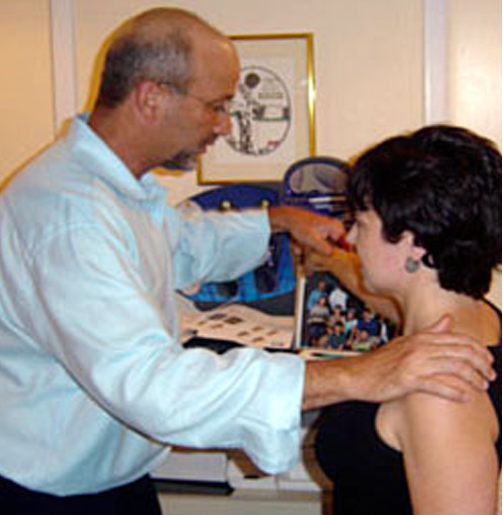
OBSERVATIONAL GAIT EXAM
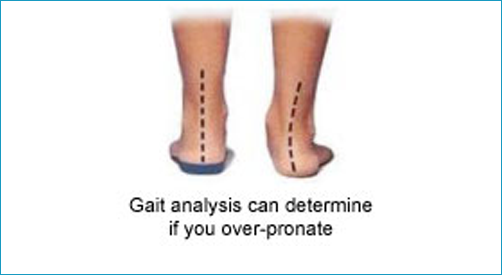
- Over-Pronation
- Over-Supination
- Increased Q Angle
- Hip Hiking (Or Hitching) – Lifting The Hip On One Side
- Ankle Equinus – Limited Ankle Dorsiflexion
- Pelvic Tilt – Can Be Either Anterior, Posterior Or Lateral.
Gait analysis usually involves walking or running on a treadmill. In some cases, our doctors will simply watch the way that you move, looking in particular at your feet, ankles, knees and hips.
Many injuries are often caused, at least in part, by poor biomechanics. Runners and athletes whose sports require a high level of running and jumping should make sure they have had a gait analysis and buy the correct footwear to avoid future overuse injuries. The following are a list of common overuse injuries associated with poor gait biomechanics:
- Shin Splints
- Plantar Fasciitis
- Iliotibial Band Syndrome (Runners Knee)
- Patella Tendonitis (Jumpers Knee)
- Patello-Femoral Knee Pain
- Achilles Tendonitis
- Lower Back Pain
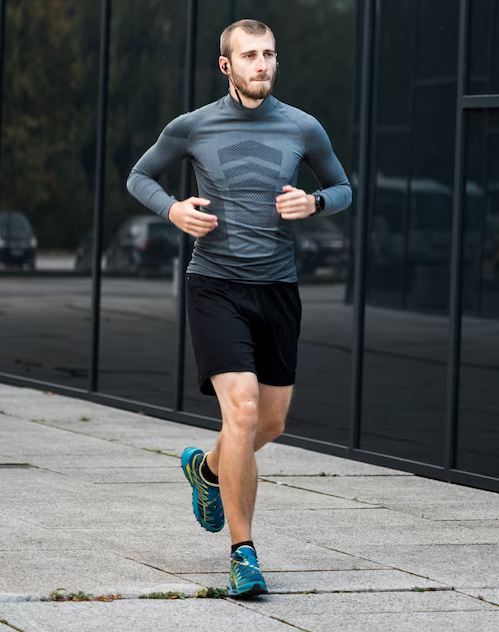
The Gait cycle in walking and running
The gait cycle is the continuous repetitive pattern of walking or running. The gait cycle is split into two main phases, stance and swing, with one complete gait cycle including both a stance and swing phase.
The stance phase is the period where the foot is in contact with the ground and equates to 60% of the cycle when walking. The swing phases makes up the remaining 40%. During walking there is a period called double stance, where both feet are in contact with the ground. The swing and stance phases can be further divided into:
Stance
- Heel Strike – The Point When The Heel Hits The Floor
- Foot Flat – The Point Where The Whole Of The Foot Comes Into Contact With The Floor
- Mid Stance – Where We Are Transferring Weight From The Back, To The Front Of Our Feet
- Toe Off – Pushing Off With The Toes To Propel Us Forwards
Swing
- Acceleration – The Period From Toe Off To Maximum Knee Flexion In Order For The Foot To Clear The Ground
- Mid-Swing – The Period Between Maximum Knee Flexion And The Forward Movement Of The Tibia (Shin Bone) To A Vertical Position
- Deceleration – The End Of The Swing Phase Before Heel Strike
Corrections To Your Gait Cycle
If it is found that there is an abnormality of your gait cycle, this can usually be corrected with a change in footwear, the use of orthotics or an exercise program. Running shoes usually cater for those who either overpronate, oversupinate or have a neutral position. It is important to make sure you have the right running shoes for your style of running, and we can help you decide what is right for you.
POSTURE AND ORTHO-NEURO ASSESSMENT
Looking at your posture front, back and side ways is another measurement that may be performed during your first visit. The patient is asked to stand in front of a grid and a picture is taken multi-directionally. The data is then analyzed by our doctors who will use the information to recommend the appropriate care plan.
Our doctors will also perform an ortho-neuro assessment, not only during your first visit, but every time you come in. This protocol is one of the key elements to choosing the proper care one may
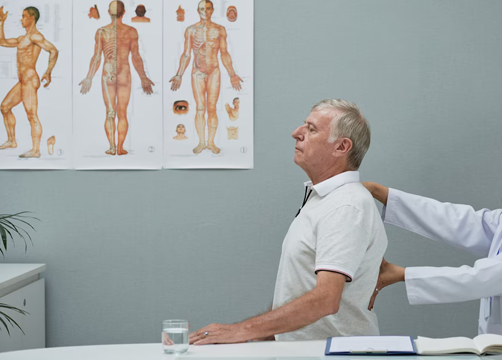
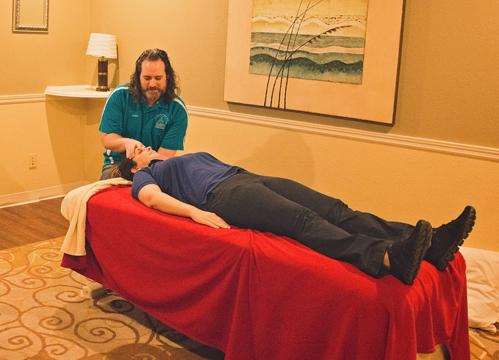
Q ANGLE MEASUREMENT
The Q angle is an important predictor of biomechanical abnormality throughout the lower limb. It is a measurement of the angle between the Quadriceps (Rectus Femoris is usually used) and the patella tendon. This provides useful information about the alignment of the knee joint, which if outside of normal ranges, can be a precursor for overuse injuries.
